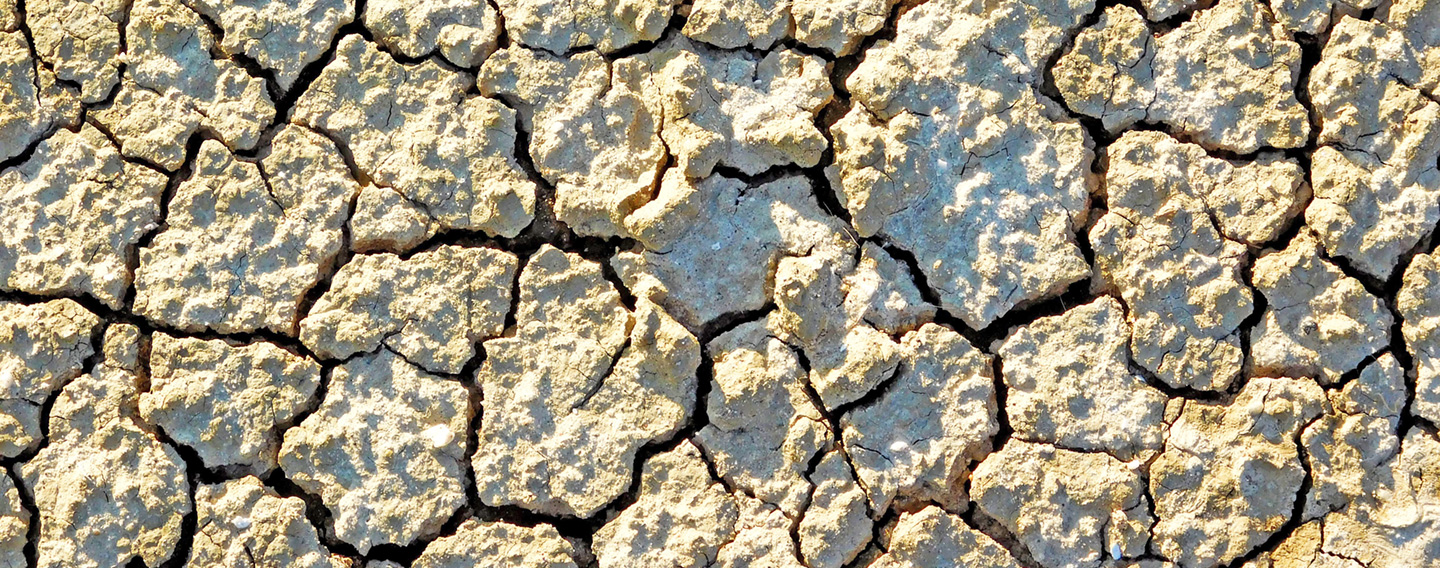How plant-based diets and “fake meat” turn the planet into a desert

Some people think that feeding exclusively on plants will save the planet. This is certainly one of the biggest misinterpretations of our recent time.
Of course, any type of agricultural activity implies a certain level of alteration of natural cycles with the aim to domesticate the environment and produce food. But we all need to eat. By 2050, it is estimated that global food production would need to increase by 50% to feed more than 9 billion people.
The Organisation of the United Nations reported that Crops and livestock use more than 33% of the planet’s land surface and 75% of its freshwater resources. In the last two decades, there has been an increase of 16% of harvested areas worldwide.
However, not all agricultural practices induce the same effects in terms of land use and soil degradation.
Lands converted to agriculture and especially croplands are often those locally best-suited for biological productivity in terms of soils, climate and water. This conversion implies a reduction of land ecosystem services to humans. Therefore, land-use changes are key to explaining desertification, above all if they disregard land attributes and degrade soil structure.
Today most of the plant-based proteins (soy, beans, lentils…) used to replace animal-based proteins in vegetarian or vegan diets come from monocropping (planting only one crop in the same place year after year). Short term, monocropping can be more profitable as it requires to purchase only the tools and machinery needed to deal with that crop. But planting the same crop in the same place each year exterminate nutrients from the earth and leaves soil weak and unable to support healthy plant growth. Because soil structure and quality is so poor, farmers are forced to use chemical fertilizers to encourage plant growth and fruit production. But this is a vicious circle. These fertilisers disrupt the natural makeup of the soil and contribute further to nutrient depletion.
Monocropping also creates the spread of pests and diseases, which must be treated with yet more chemicals. The effects of monocropping on the environment are severe when pesticides and fertilisers make their way into groundwater or become airborne, creating pollution.
Monocropping creates farming practices – such as converting grassland to arable land or leaving soil bare at critical moments of the year – that have an important impact on soil erosion, as can irrigation and mechanisation on soil quality.
But traditional farming systems in combination with natural processes can help sustain the functioning of soil and land. Indeed, farming that mimics the interactions and cycles of plants, animals and nutrients in the natural world – as a path to sustainable food.
In regards of livestock farming, grassland captures carbon dioxide. Animals eat the grass, and then return that carbon to the soil as excrement. The nutrients in the excrement and the continuous grazing of grass both help new grassroots to grow, increasing the capacity of the land to capture carbon. Rotational grazing, for instance, allows the soil to store enough extra carbon to counterbalance the extra methane emitted by livestock’s digestive rumblings. But sustainable livestock farming brings other benefits to the land. If done well, livestock keeps soil naturally fertilised, and can also improve biodiversity by eating more aggressive plants, allowing others to grow. And if local breeds are adopted, they generally don’t require additional feed than grass in their diet as they’re adapted to local conditions.
The planet has a finite amount of agricultural land area to meet global food demand. Options to convert more land to agricultural uses are decreasing. In drylands, climate change and desertification are projected to cause reductions in crop and livestock productivity, modify the plant species mix and reduce biodiversity.
“Fake meat” isn’t the answer to climate change. “Real food”, such as grass-fed livestock, farmed in a traditional and sustainable way is a solution to both feed people and help the planet to recover and fight desertification. Even if their intentions are laudable, people should not get into the wrong fight.


























